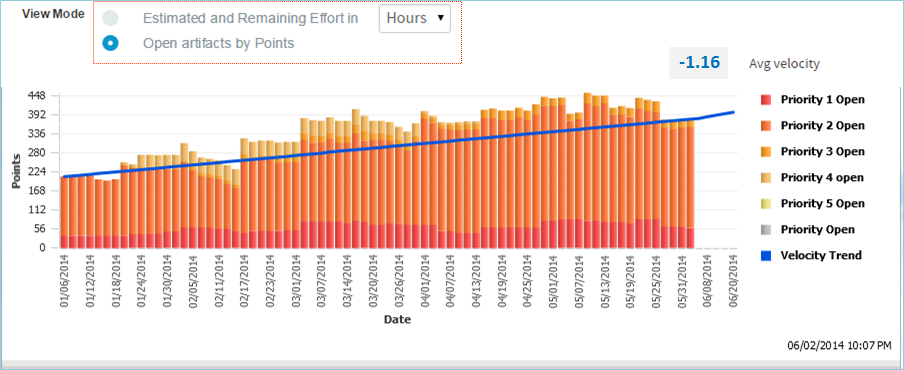When you've thought through your plan, express it in one or more planning folders.
- Click TRACKERS in the project navigation bar.
- Under PLANNING FOLDERS, click the folder in which you want to create a new planning folder. Click NEW.
-
In the
Create
Planning Folder page, enter a brief and
descriptive name for your planning folder.
For example:
- In an agile project, you'll probably want two or more iterations. Make a planning folder called "Sprint 1," another called "Sprint 2," and so on.
- In a phased, waterfall-style project, you might name your first planning folder "Design," the next "Build," and so on.
Tip: Don't worry if you don't have anything of interest to put into your planning folders yet. The parallel process of filling out the feature tree will provide plenty of material for this.Note: This field is mandatory. - Use the DESCRIPTION to briefly signal the kind of work that will be contained in this planning folder. Include enough information to help people get up to speed quickly whey they join your project. But save most of the detail for the individual tracker artifacts, where project members will spend most of their time.
-
For
STATUS,
(available since TeamForge 5.4), select a value that communicates where the
planning folder is in its life cycle.
For a new planning folder, you'll probably want to select Not
started. Tip: You can create more values to choose from in your Project Settings.
- If you have set up a file release in the File Releases tool to deliver the work you are tracking here, you can identify it in the FILE RELEASE field (available since TeamForge 5.4). Any artifact you add to this planning folder will also appear in the Planned Tracker Artifacts tab when you look at that file release.
-
For
CAPACITY,
(available since TeamForge 5.4), provide a number that expresses how much work
your team thinks it can do in the period represented by this planning
folder.
Tip: When you create a new planning folder, it can be a good idea to set its capacity to zero until you get a feel for the artifacts and resources you are working with.
-
For
POINTS
CAPACITY,
(available since TeamForge 7.1),
provide a number that represents the amount of work (expressed as number of
story points) that you think can be handled in that specific planning
folder.
Note: To assist project managers gauge the planning folder's points capacity, when a planning folder is selected in one of the planning board swim lanes, this information is displayed as a ratio of planned number of story points versus the actual number of story points. For more information, see Use the Planning Board.
- Select or enter a start and end date for the work that this planning folder will contain. You can change these dates at any time. However, it's important to specify dates even if they're not firm, because useful visual aids and reports depend on them.
-
Select the unit that is suitable for the planning folder from the
DISPLAY
EFFORT IN field. Eg. if the planning folder
represents a sprint, then select the unit as Hours and if
it represents a collection of sprints, then select the unit as
Days.
Note: Units are configured at the project level and not at the planning folder level.
-
Select either Effort or Points
from the
BURNDOWN
VIEW BY drop-down list to set the View Mode in
the burndown charts (in the planning folder List Artifacts
page).
- Click Create. The planning folder is created.
